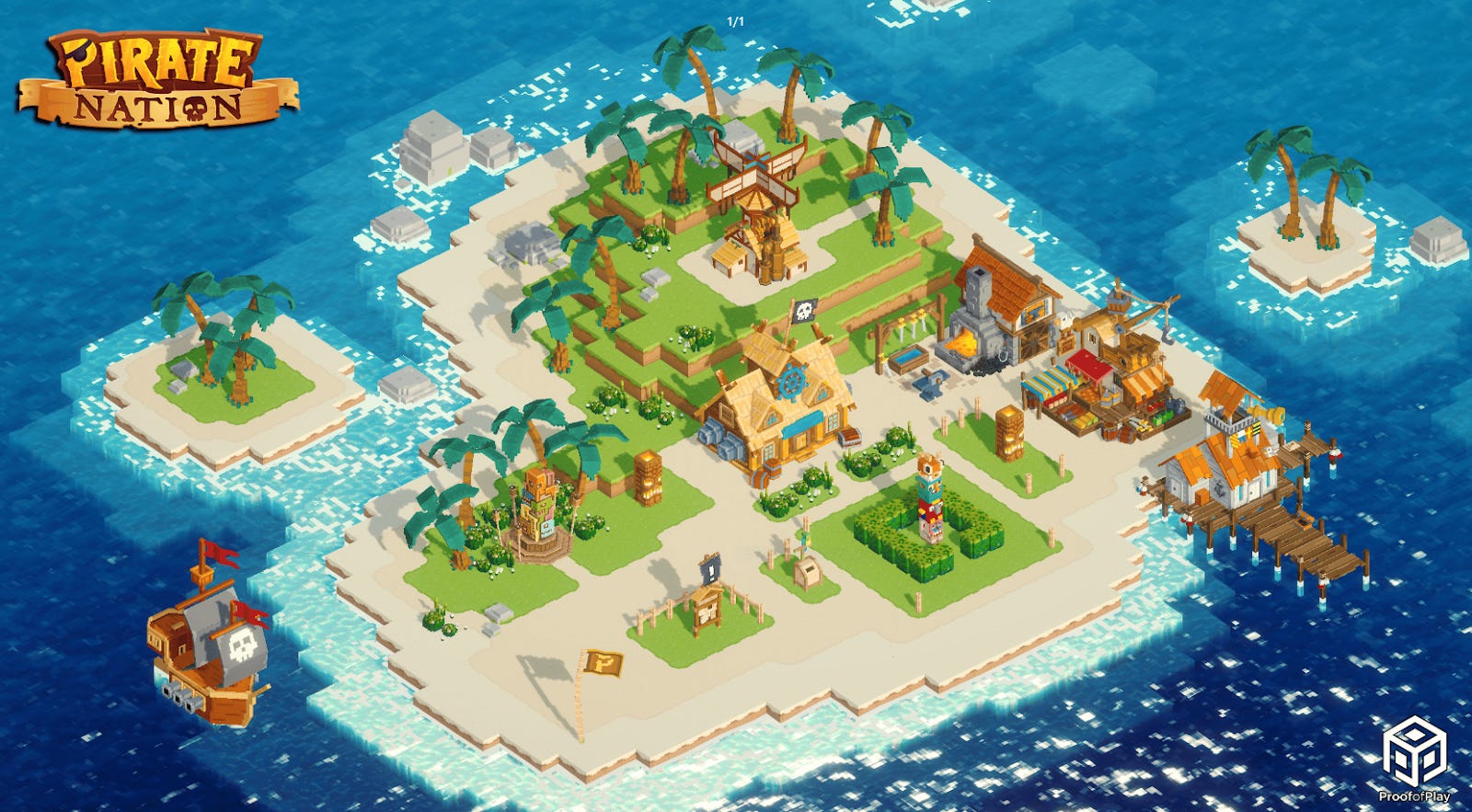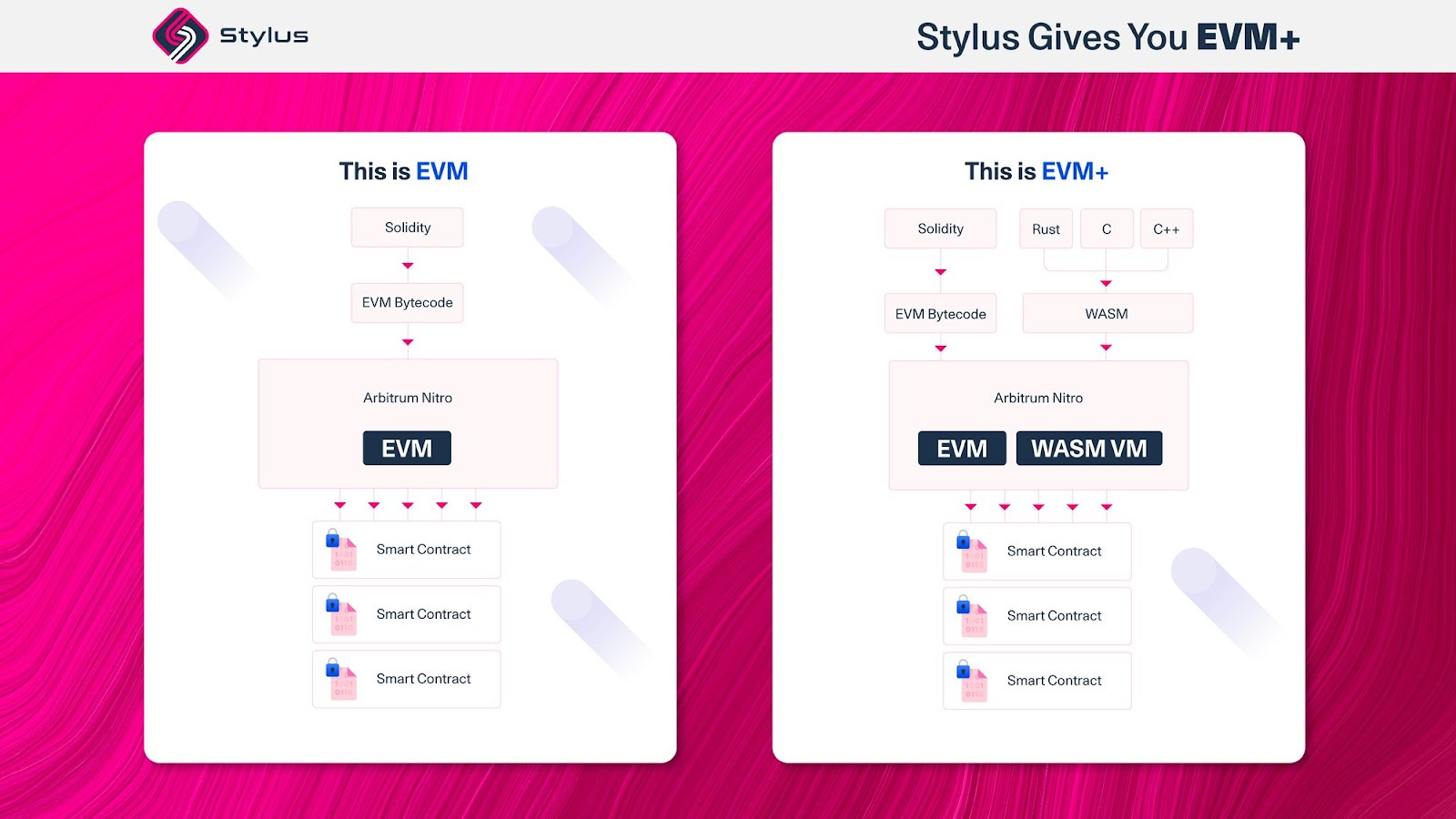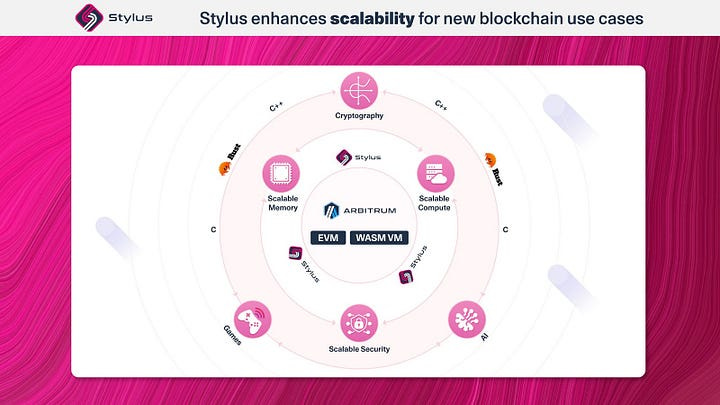Dear Bankless Nation,
A series of recent innovations from the Arbitrum ecosystem is setting the stage for a revolution in onchain games.
And since I think NFT games and onchain mechanics are going to eventually become a huge part of mainstream gaming, ipso facto Arbitrum may play a big role in the future of gaming.
Let’s break down what I mean and get you up to speed here for today’s post!
-WMP
Arbitrum Can Dominate Onchain Gaming, Here’s How 👾
With over $5.29 billion worth of total value locked (TVL), Arbitrum One is currently the largest layer-two (L2) scaling solution for Ethereum.

Simply put, the network makes crypto transactions very fast and very cheap, and it’s compatible with the Ethereum Virtual Machine (EVM), meaning developers can easily port their code over from Ethereum.
Arbitrum was one of the first optimistic rollups to launch, so its timing and capabilities have led to its dominance today, which is evidenced by the fact that the network currently boasts the biggest L2 DeFi scene.
Where Arbitrum’s been more readily challenged by peer L2s is NFTs, which is to say that other scaling solutions like Optimism, Zora Network, and Base have all seemingly attracted more attention from NFT builders so far.
Of course, the exception here is the NFT gaming sector, which Offchain Labs, the team behind Arbitrum, has indeed recruited considerable interest from courtesy of its recent development efforts.
For example, last year Offchain Labs introduced the AnyTrust stack, a system for creating extremely low-cost, high-security L2s. While Arbitrum One batches all its transaction data to Ethereum, AnyTrust chains cut costs by using a data availability committee (DAC) to only put data onchain if their committee falters.
The efficiency gained here is particularly ideal here for web3 gaming projects, which need the fastest and cheapest transactions possible. As such, the first AnyTrust chain, Arbitrum Nova, was deployed in July 2022 as a bespoke gaming L2 and has since become a home to a range of NFT games, most prominently Pirate Nation.

Then in March 2023, the Arbitrum Foundation unveiled Arbitrum Orbit, a new system for creating layer-three (L3) scaling solutions that settle to Arbitrum chains like Arbitrum One, Arbitrum Nova, and so forth rather than to Ethereum directly.
Why L3s? They’re extremely customizable and perfectly suited to high-volume use cases, e.g. games. That’s why the first L3 that Offchain Labs is helping to develop is Xai chain, which is being specifically aimed at facilitating next-gen onchain games.
But the AnyTrust and Orbit stacks are just the start. Arbitrum’s new keystone gamechanger for, well, games? Stylus.

Arbitrum is on the verge of migrating from its V2 development environment, Nitro, to its new V3 system, Stylus. Not only will this system dramatically lower gas costs, but it’ll also notably allow for smart contracts to be written in WASM-compatible mainstream programming languages like C, C++, and Rust.
This is a groundbreaking development for onchain games! For instance, C++ offers high performance and fine-grained resource control and is widely used in many game engines, including in the very popular Unreal Engine.
In other words, now instead of learning and navigating the nuances of Ethereum’s Solidity or Vyper languages, game devs can write contract logic in familiar languages that have been optimized for years and that offer a wealth of libraries and tools that can be leveraged for complex game mechanics.

This dynamic opens up new possibilities for more intricate and resource-intensive games to be built onchain, all while benefiting from the security and decentralization guarantees of Ethereum via Arbitrum!
Mind you, Stylus is only live on a public testnet for now, but it’s clear it’s going to be a big deal going forward. The developer cygaar has already deployed a contract written in Rust on the testnet, and they found major gas savings were possible compared to Solidity.

So all in all when you consider the AnyTrust x Orbit x Stylus trifecta, I think the Arbitrum ecosystem is extremely well positioned to become a dominant web3 gaming hub for many years to come, replete with L2s and L3s all secured by, and paying their dues back down to, Ethereum.
And yet even from here Arbitrum’s gaming prospects can improve considerably. For instance, the upcoming EIP-4844 “Proto-Danksharding” upgrade will make use of blobspace to make L2s exponentially cheaper to use. And cheaper L2s means even more advanced, high-volume onchain gaming use cases will soon be possible.
Of course, EIP-4844 will benefit all L2s (and L3s in extension). And absolutely there are interesting gaming prospects for other scaling solutions like Polygon, Optimism, and Base, too. It just seems like Arbitrum is on the cusp of becoming the center for onchain gaming, and that’s something us NFTers should keep an eye on going forward!
